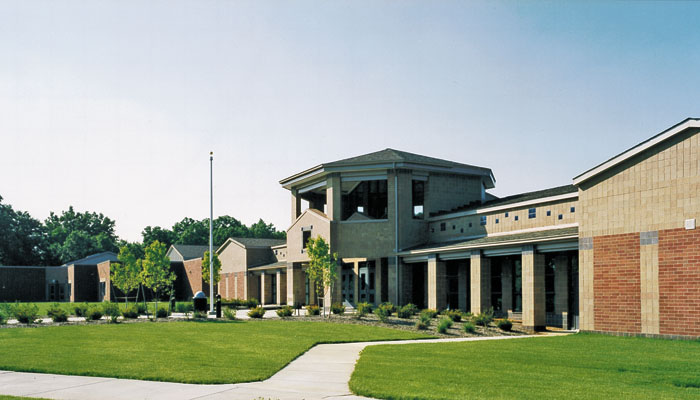

Results show that in the US 15% of the score variation is explained by socio-economic difference between students. Why is the number higher in the US than lets say Finland, Norway, Hong Kong or Japan? The school system in the United States have for long been admired and presumably been copied by developing countries as well as richer nations in Europe and Asia. There has always been something inspiring about the all American high school, with its cheer leaders and sports jocks that attracted foreigners like a distant fairy-tale. Growing up in Scandinavia high school always seemed more action-filled in the US. What presumably was correct about the presumptions was that it is more intense and a lot more competition-oriented than any school in Scandinavia.
The competition and stress young adults are put under from such an early age in the US is specifically intense. Children in New York are competing from they start kindergarten. If children are home schooled or attend a kindergarten that isn’t up to standard-where kids play more then they should, they will face troubles shortly after they attend elementary. A phenomenon that is not present in the Northern European language is that of skipping classes or as a worst case, having to stay behind a class. Having to stay back a year is the reality for a lot of children and young adults in the US because they weren’t able to keep up, and their grades were lower than what is expected from them. For someone who has grown up in a society where children are not noticeably differentiated until they reach 8th grade there is something absurd about separating a student from its classmates. Obama’s education reform “No Child Left Behind”, should have first and most importantly addressed this issue, leaving no child behind, in a more literal way.
The huge gaps in the America society continues to divide students by race and class. Attending a top university is a matter of life and death. Parents and teachers urge students to do everything possible to get into college, or else they will fail in life almost undoubtedly.
Because College is everything in America and children’s intelligence is based of standardized test scores, the young generation works busier schedules than most adults to create the illusion of a perfect college applicant. The students force themselves to create lives that assemble the “perfect student” to add phrases to their college application.
As homework, chores, applications and work keeps adding up the pressure become too high for many. The college dream requires a lot of pre-work like taking AP classes, participate in dozens of club and extra curricular activities that will supposedly “enrich” the students lives, do chores at home, then do X amount of hours of homework every night that each class require. On top of this list students also have to obsessively study for their APT and SAT’s, hunt for colleges and complete applications. For some children often those living in poorer income homes, students also have to be a source of income, working after school hours, while teachers expects them to be doing their homework.
What then is the major difference between the American school system and the Scandinavian? First of all, no child is literally left behind, and the teachers’ job is to first and foremost make sure that every student understands the material. In a suburb in Helsinki, Finland a teacher went far and beyond when one of his students Besart, a Kosovo-Albanian were falling behind despite his teacher’s best efforts. The teacher, Kari Louhivuori took the child as his private student. When Besart was not studying science, geography and math, he sat next to his teacher in from of the class, opening book after book slowly reading one after the other till he consumed them by the dozens. The son of a Kosovo war refugee had by the end of the year become fluent in his adopted country’s language and realized that he too, like his classmates could, in fact, learn.
Stories like these are not rare in northern European countries, and it is not because they are socialist and the disparities in income in these countries are pretty minimal, the latter might play partly a role. “Whatever it takes” is an attitude that drives most teachers in Nordic countries.
Competition still exists to a high degree and is a positive attribute to spark ambition in students. As most schools are public, and most universities free, there is less of an agonizing pressure to be perfect. Obama’s “No Child Left Behind” Is more of a Race to the bottom than to the top when he invites states to compete for federal dollars using tests and other methods to measure teachers. This philosophy would not fly well in Finland or any other Scandinavian country. The results revealed Finnish youth to be the vest young readers in the world. For those who thinking that reading is irrelevant anyways, three years later, they led in math and science also.
Blog By Mathilde Laderud


